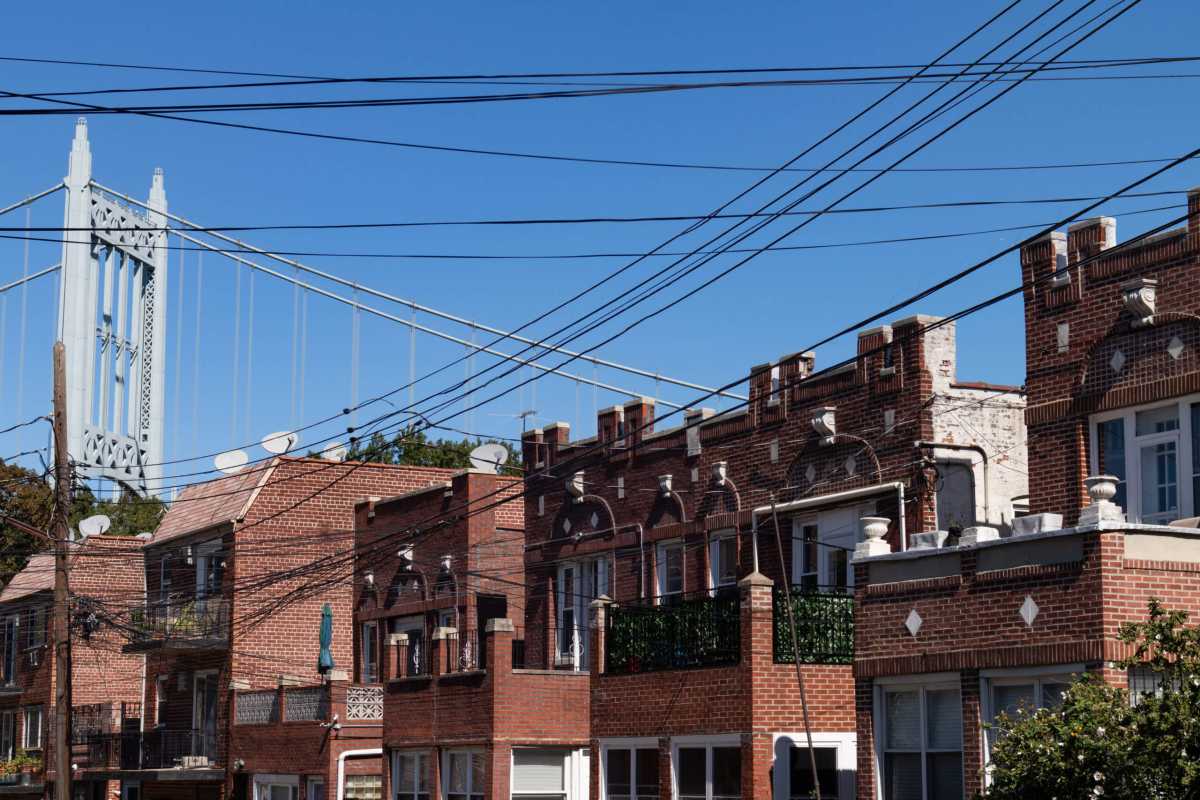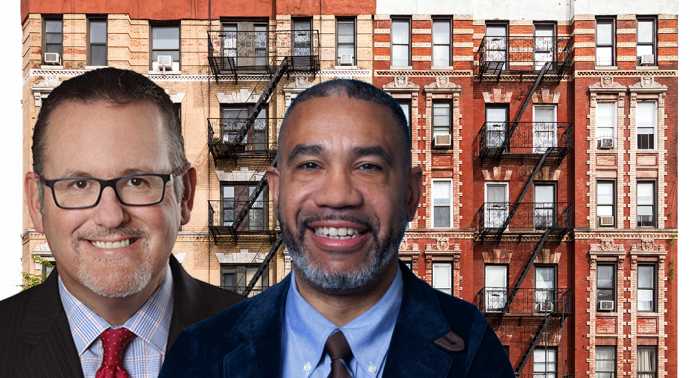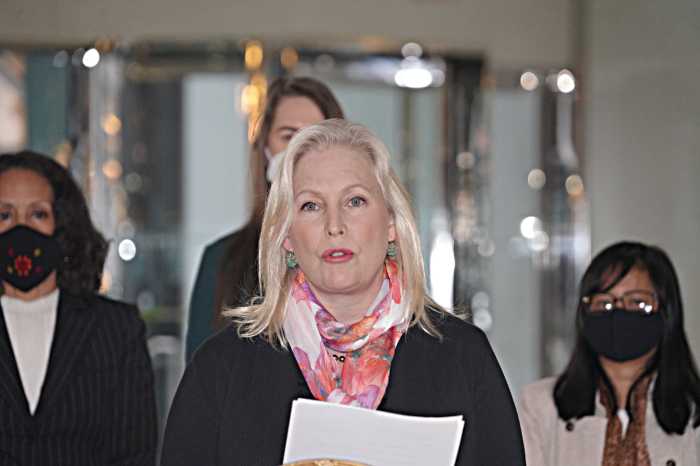It’s a new era in New York for housing. Willing partners in City Hall and Albany are laser-focused on the creation of a new affordable housing stock with historic investment.
Both Gov. Kathy Hochul and Mayor Eric Adams have put forth great ideas to tackle this crisis that our organization and its members fully support. But there is one idea that they have yet to consider: Creating a pathway for tens of thousands of rent-stabilized units in need of significant upgrades to get back on the market.
CHIP has been engaging in a conversation about this problem for the past 12 months, educating elected leaders, housing advocates, stakeholders, and local and statewide partners to craft a solution. We’ve built an incredibly diverse coalition who all agree a solution is necessary. Together, we believe we have a policy that the State Legislature will be able to pursue this session.
Our proposal would guarantee that the apartments stay rent-stabilized. It would make sure the apartments meet the highest energy-efficiency standards with electrical upgrades that make them ready to be converted to all-electric. And these apartments would be affordable to working families.
The units we are talking about were occupied for more than 20 years. In some cases, more than 40 years. They are mostly in buildings that are more than 80 years old. They need to be gut renovated, with plumbing updated, electrical wiring upgraded, and all the doors, windows, walls, floors and ceilings replaced to make sure the apartment is sustainable for decades in the future.
Gut renovating a one-bedroom, one-bath apartment can easily exceed $100,000. Don’t take our word for it: Just look at how much New York City spends to do the same type of work on a NYCHA apartment that has been occupied for several decades. The cost is between $150,000 and $200,000. It’s important to note that most rent-stabilized buildings are decades older than NYCHA buildings.
Currently, there are tens of thousands of vacant rent-stabilized apartments in New York City. CHIP estimates our proposal would create at least $2 billion in economic activity over the next 18 months, creating more than $100 million in additional tax revenue for New York City. Most importantly, we will make an immediate dent in the governor’s goal of creating more than 800,000 over the next 10 years.
Our solution is the fastest way to get environmentally-friendly apartments on the market for New Yorkers who deserve safe, quality and affordable housing. Not only does this plan not cost New York taxpayers a dollar, it would add hundreds of millions to the State’s coffers, and create thousands of jobs and billions of dollars in economic activity.
Jay Martin is the Executive Director of the Community Housing Improvement Program.





































